Morning routines have transformed dramatically since the 1970s, when microwaves were still luxury items found in fewer than 1% of American homes. Before these countertop time-savers became ubiquitous in the 1980s, breakfast preparation required more planning, patience, and a lot more waiting around. For those who grew up in that era, mornings had their own distinctive rhythm—a slower pace punctuated by familiar sounds, smells, and minor inconveniences that now seem charmingly antiquated. Let’s journey back to those pre-digital, pre-convenience mornings when household technology was simpler and breakfast preparation was an exercise in both planning and patience.
1. The Coffee Percolator Symphony
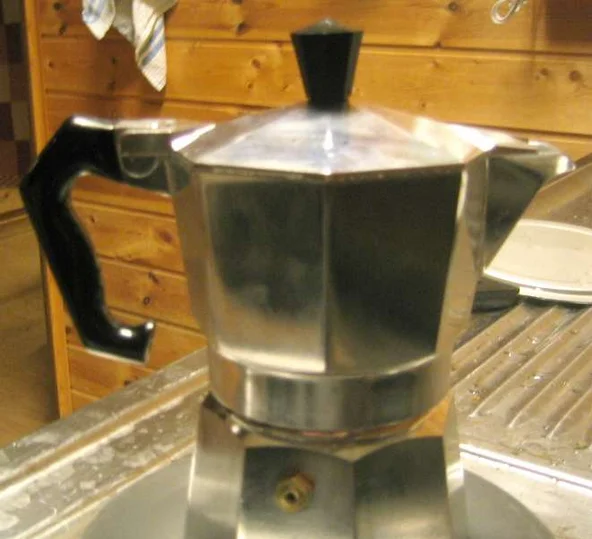
The morning soundtrack in a 1970s kitchen wasn’t the quiet hum of a coffee maker with a preset timer—it was the bubbling, gurgling concert of a stovetop percolator announcing that caffeine was on its way. These aluminum or glass percolators required assembly each morning: filling the bottom chamber with water, inserting the metal tube and basket, measuring ground coffee, and setting it on a burner to bubble away. The distinctive sound of coffee percolating—a rhythmic popping that grew faster as the brewing progressed—served as the household alarm clock, signaling that the day had officially begun. Serious Eats reveals a percolator history that’s sure to energize any coffee lover instantly.
Parents would hover near the stove, judging the coffee’s readiness by its color through a glass knob on top or simply by sound and timing. Removing it too soon meant weak coffee; leaving it too long created a bitter brew that could strip paint. Unlike today’s instant gratification, the percolator demanded attention and participation—no setting timers the night before or pressing buttons half-awake. The reward was that rich, distinctive percolator taste that modern drip coffee can’t quite replicate, though many mornings ended with grounds in the bottom of your cup as an unwelcome surprise.
2. The Eternal Wait for Hot Water
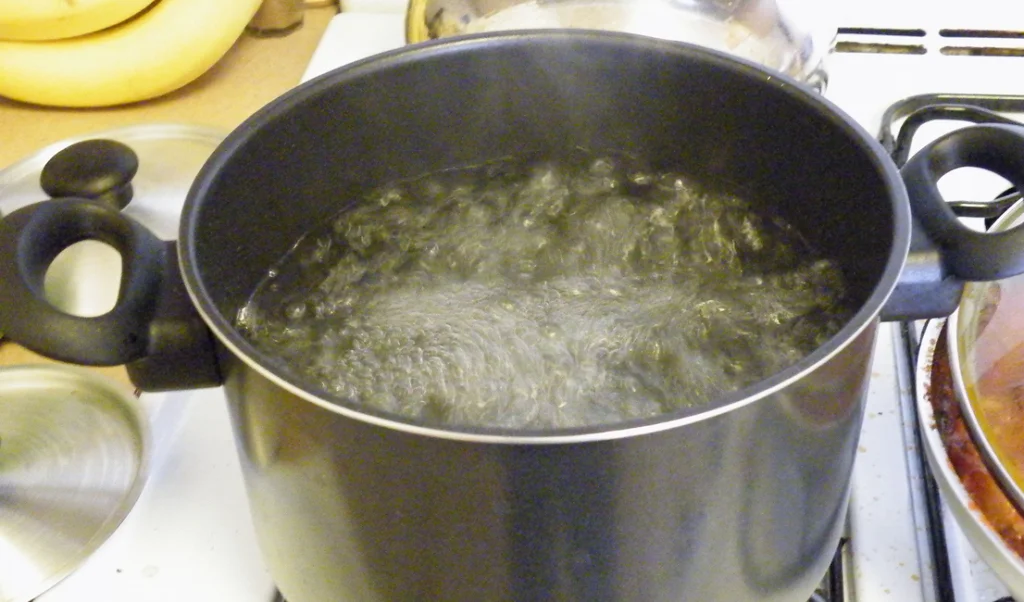
Before instant hot water dispensers or quick-heating electric kettles, households relied on stovetop kettles or pots for their hot water needs. Morning tea, instant hot chocolate, or oatmeal meant filling a kettle with tap water and waiting—sometimes up to ten minutes—for it to reach a boil. The familiar whistle of a teakettle was a household timekeeper, prompting someone to hurry to the kitchen before it woke sleeping family members or pets. Allrecipes has a handful of tips to speed up boiling water even further, offering us a wide spread of options these days.
This waiting period became integrated into morning routines, with other tasks timed around the kettle’s progress—make the beds while the water heats, get dressed while waiting for oatmeal to cook. For households with multiple tea or hot chocolate drinkers, the process could be painfully sequential: boil water, make first beverage, refill kettle, wait again for the next person. The morning rush often meant compromises, with lukewarm rather than boiling water used to speed things along, resulting in partially dissolved cocoa powder or instant coffee with floating granules.
3. Defrosting Frozen Orange Juice
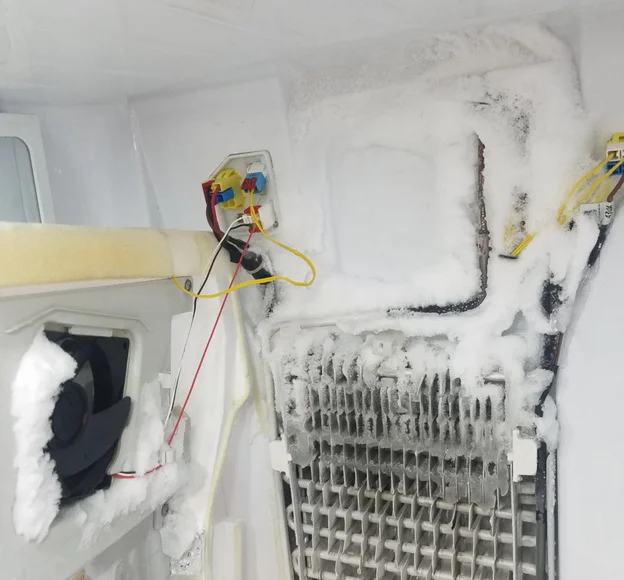
The morning vitamin C ritual in many households came from frozen orange juice concentrate, which transformed into breakfast juice through a process that required advance planning. The night before, someone needed to remember to move the frozen cylinder from freezer to refrigerator, or morning would bring the frustration of trying to chip away at a solid block of concentrate. Even when properly thawed, the concentrate needed to be scooped into a special pitcher, mixed with three cans of water, and stirred vigorously to dissolve any remaining frozen lumps. Summit Appliance offers some important considerations for those wondering when and how to defrost their cold kitchen gear.
The resulting juice bore little resemblance to the fresh-squeezed versions preferred today, with a distinctive metallic tang from the can and often suspiciously bright orange color. When the morning rush prevented proper preparation, desperate parents would speed the process by running the frozen container under hot water or placing it in a bowl of warm water, resulting in partially thawed concentrate that never quite mixed properly. Children of the era became accustomed to either drinking around floating bits of frozen concentrate or accepting watery juice from overly diluted mixtures.
4. The Toaster That Demanded Vigilance
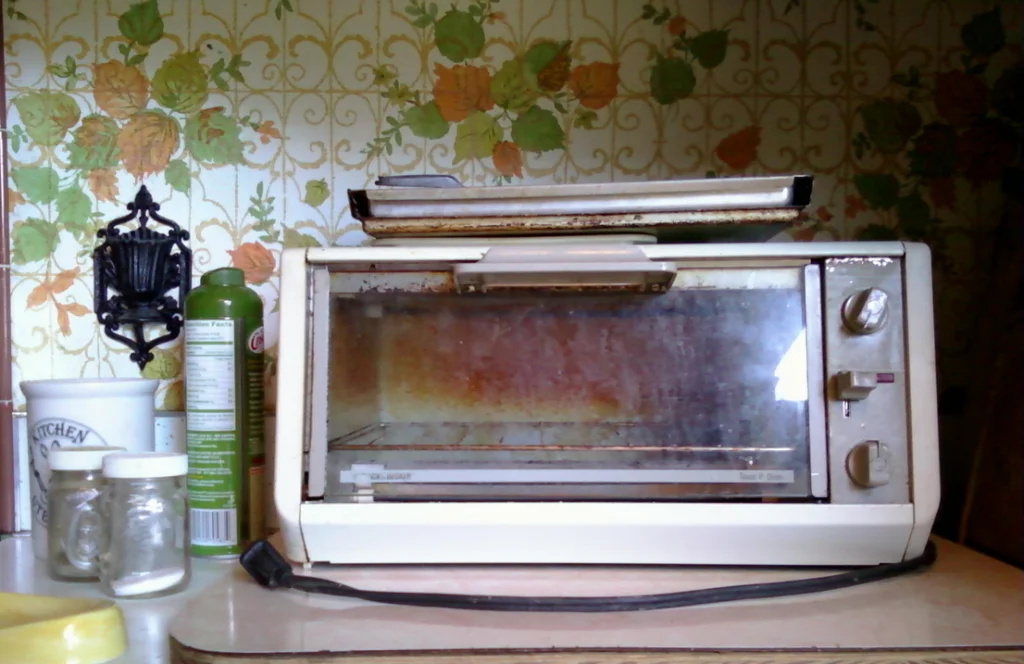
Making toast in the 1970s wasn’t the set-it-and-forget-it proposition of modern programmable toasters with their precise browning controls. Most households had simple mechanical toasters with unreliable timers and uneven heating that required constant monitoring to prevent breakfast turning into charcoal. The familiar ritual involved putting in bread, pushing down the lever, and standing guard—perhaps stirring pancake batter or frying bacon while keeping one eye fixed on the toaster, ready to manually pop it up if smoking began.
The toast experience varied dramatically depending on whether you were first or last in the family lineup. The first slice might be underdone as the toaster was still warming up; by the third or fourth slice, the overheated appliance might burn the bread in seconds. For families in a hurry, the broiler offered a faster alternative for making multiple pieces at once, though this method required even more vigilance and often resulted in toast burnt on one side and soft on the other. The inevitable burnt pieces weren’t discarded but typically scraped over the sink, leaving a distinctive burnt toast smell that lingered throughout breakfast.
5. Heating Leftovers in Pots and Double Boilers
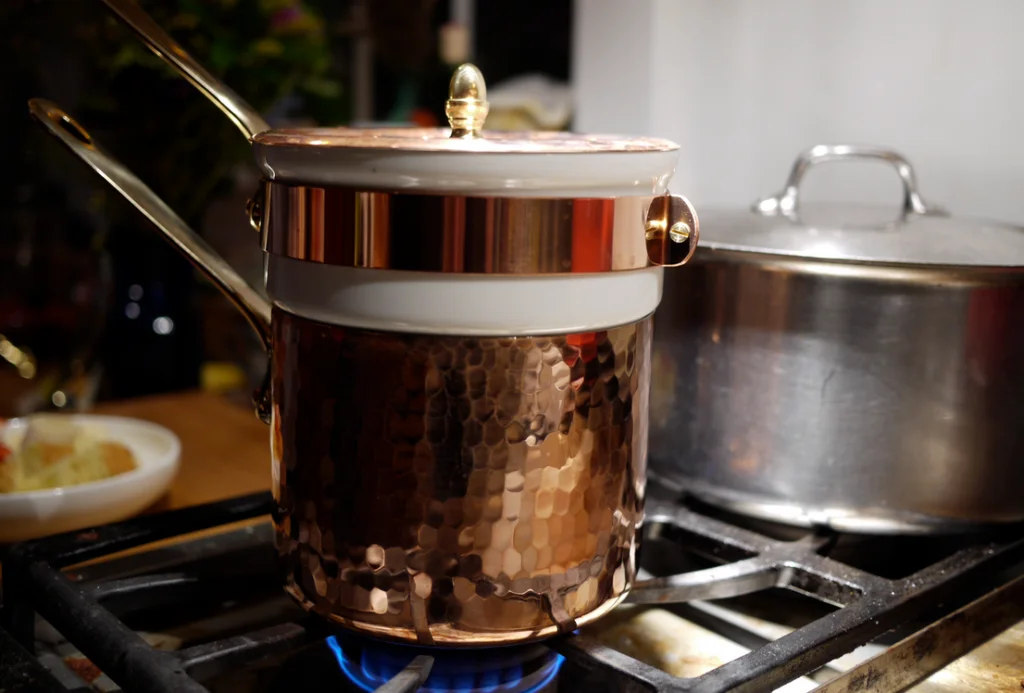
Leftover casseroles, stews, or pasta that might serve as a quick breakfast today required significant time investment before microwaves. Reheating meant transferring food from Tupperware to an appropriate pot, adding a splash of water to prevent sticking, and warming over low heat while stirring frequently to prevent burning. More delicate items like sauces needed double boilers to prevent scorching, essentially doubling both the equipment needed and cleanup time.
The process was so time-consuming that many families simply ate leftovers cold rather than deal with the hassle on busy mornings. Those who did reheat often found themselves cleaning burnt-on food from pot bottoms or dealing with dried-out edges and still-cold centers. The family member responsible for this task developed specialized knowledge—which foods needed covering, which required additional liquid, which would separate if heated too quickly—creating a complexity to leftovers management that’s largely disappeared in the microwave era.
6. The Electric Skillet as Kitchen MVP
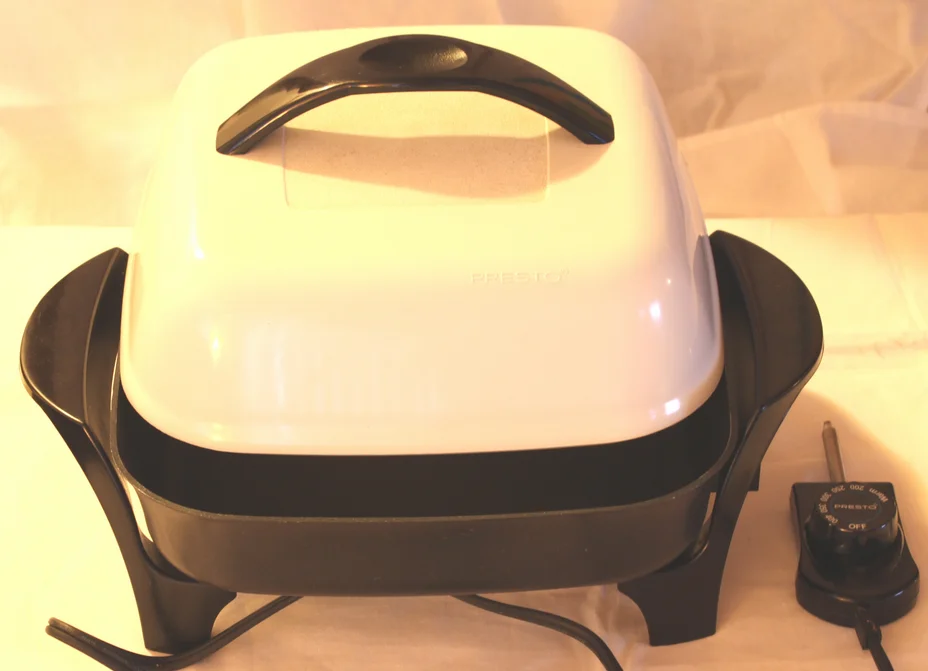
In many 1970s households, the large electric skillet held center stage during breakfast preparation—a versatile square appliance that could prepare everything from pancakes to bacon to fried eggs all at once. Its even heating and large surface area made it possible to cook multiple components of breakfast simultaneously, a significant advantage in households where adults and children needed to eat at different times due to varying schedules.
Setting up the electric skillet meant finding counter space near an outlet, adjusting temperature controls that often bore little relationship to actual heat levels, and waiting 5-10 minutes for proper preheating. Unlike modern non-stick surfaces, these skillets required liberal applications of butter or oil, contributing to the distinctive breakfast aroma that permeated 1970s homes. Cleanup was particularly time-consuming, as most models weren’t fully immersible in water, requiring careful wiping while avoiding the electrical components—a task often left soaking “for later” as family members rushed out the door.
7. The Stovetop Oatmeal Routine
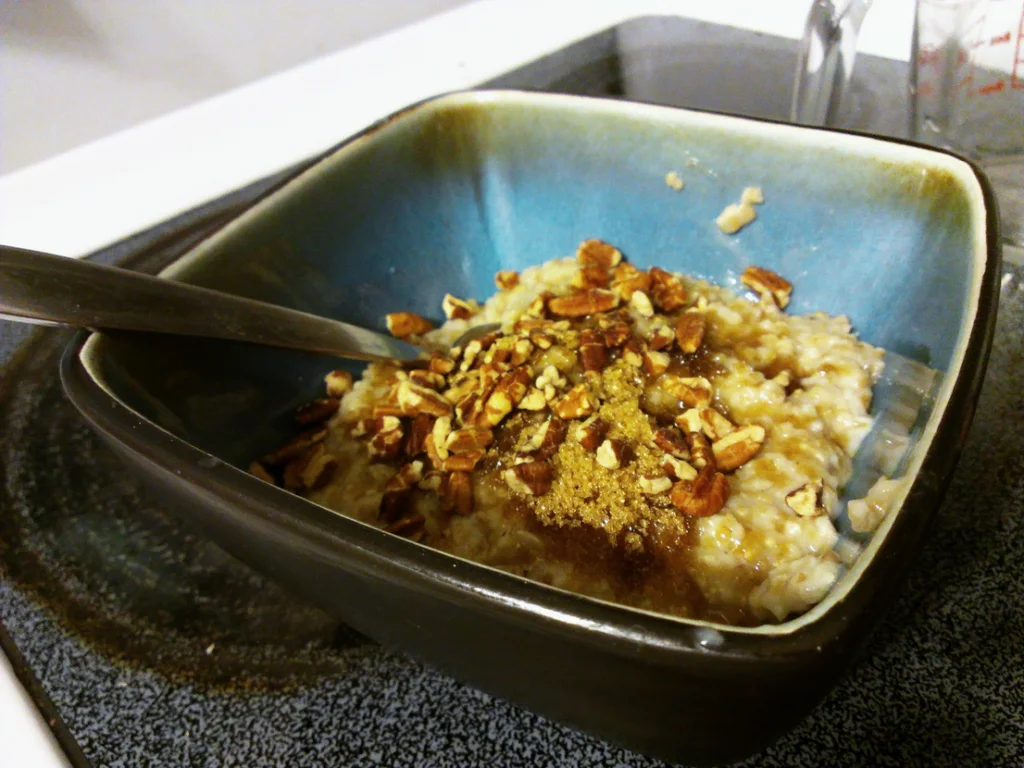
Before instant oatmeal packets and microwave preparation, making hot cereal was a stovetop commitment requiring patience and timing. Old-fashioned rolled oats needed 15-20 minutes of cooking, while even “quick oats” required constant attention to prevent bubbling over or developing lumps. Many families used dedicated pots with double boilers to prevent the dreaded scorched oatmeal scenario, adding another layer of setup and cleanup to the process.
The oatmeal ritual typically began with an adult cooking a large batch for everyone, customized with brown sugar, raisins, or cinnamon added during cooking. Individual preferences were harder to accommodate than with today’s single-serving options, often leading to negotiations and compromises about ingredients. Forgotten oatmeal left cooking too long would develop a thick skin on top that children would either peel away or be instructed to “just mix in” depending on parental patience levels that particular morning.
8. Boil-in-Bag Rice and Heat-and-Serve Breakfast Foods
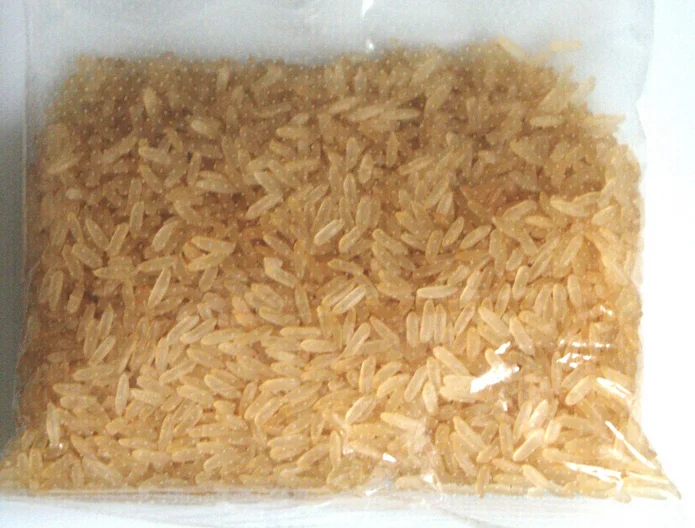
Before microwaves offered 90-second reheating, convenience foods still existed but required significantly more time and attention. Boil-in-bag rice meant bringing a pot of water to boil, carefully dropping in the plastic pouch, and maintaining a rolling boil for 5-10 minutes before fishing out the hot bag with tongs or a fork. Pre-made breakfast items like frozen waffles were heated in the oven or toaster oven, requiring preheating time and constant checking to prevent burning.
Even simple heat-and-serve items like canned creamed chipped beef needed a saucepan and several minutes of stirring to prevent lumping or burning. Convenience rarely meant speed—it simply meant eliminating certain preparation steps while still requiring active cooking time. The packaging from this era reflected this reality, with “quick” or “instant” products often requiring 5-15 minutes of preparation compared to traditional methods that might take 30-60 minutes—a far cry from today’s expectations of truly instant food.
9. The Marathon Pancake Session
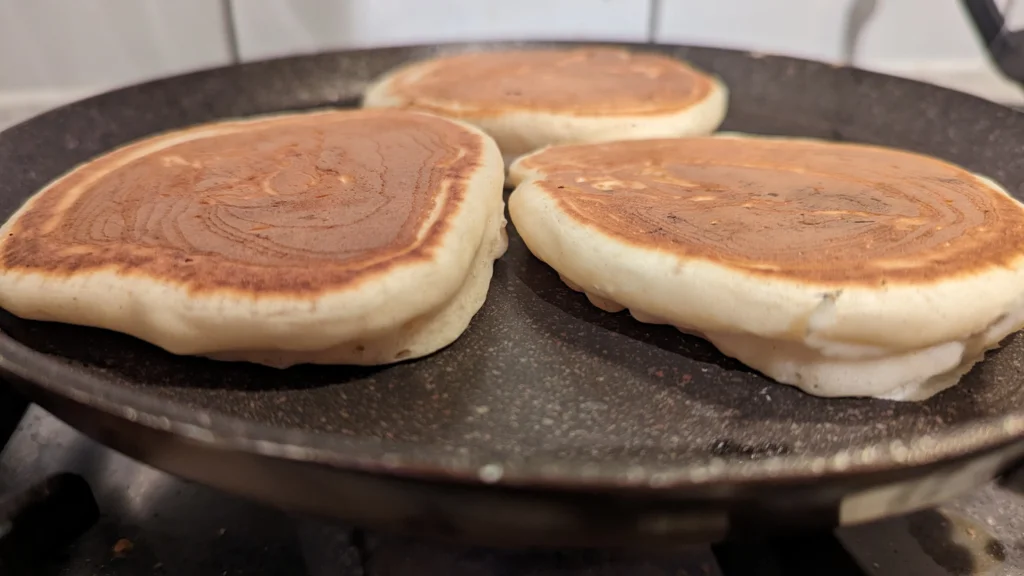
Weekend pancake breakfasts in the 1970s represented a significant time investment, with batter mixed from scratch or from powdered mixes like Bisquick that still required adding eggs and milk. Without non-stick cooking surfaces, griddles or skillets needed careful buttering between each batch, and temperature management was an art form developed through experience rather than digital precision. Making enough pancakes for a family meant standing at the stove for 30+ minutes, cooking two or three at a time.
The first family member to eat typically received pancakes that were either slightly undercooked (from an insufficiently heated surface) or burnt (from overzealous heating), while the cook usually ate last with cold pancakes or quickly grabbed one between flips. Keeping earlier batches warm meant creative solutions like covering them with another plate or placing them in a barely-warm oven, both of which often resulted in either soggy or dried-out results. The process was so labor-intensive that pancakes were typically weekend-only treats, saved for mornings when the time investment could be justified.
10. The Complicated Egg Preparation Hierarchy
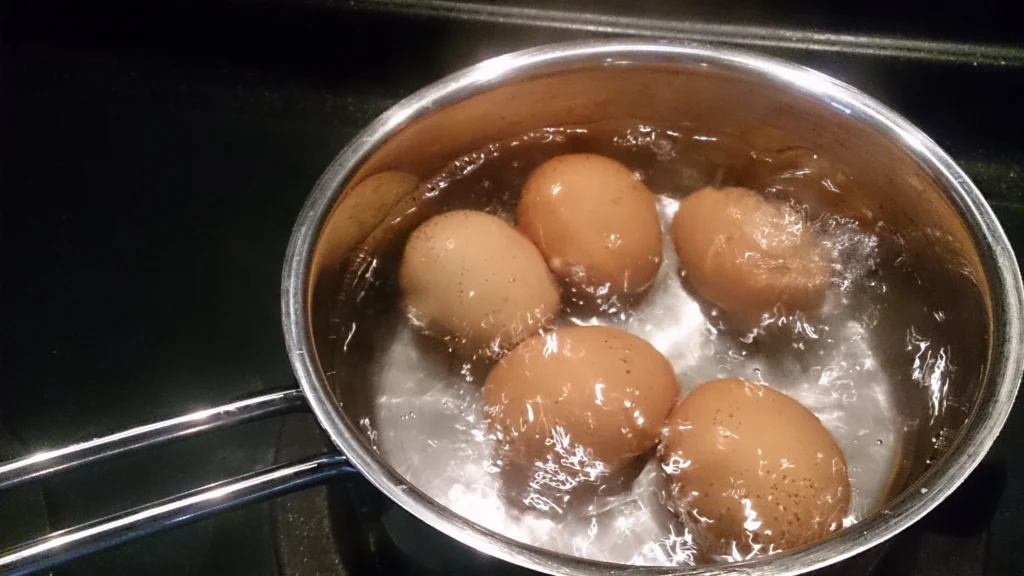
Egg preparation in the pre-microwave era followed a strict hierarchy of difficulty, with soft-boiled eggs requiring the most precision and timing. Making these breakfast staples meant carefully lowering eggs into boiling water, setting a precise timer, preparing toast to finish simultaneously, and having egg cups ready for serving. Hard-boiled eggs were easier but required cooling under running water before peeling—a process that often removed chunks of egg white along with the shell.
Fried eggs demanded careful monitoring to achieve the perfect sunny-side-up consistency without breaking yolks, while scrambled eggs required constant stirring to achieve proper texture. Unlike today’s quick microwave scramble in a coffee mug, egg preparation was a primary morning activity that couldn’t be multitasked effectively with other morning responsibilities. The complexity meant many adults became specialists in just one or two egg preparation methods, with requests for variety often met with negotiations about available time and energy.
11. Hot Breakfast vs. Cold Cereal Negotiations
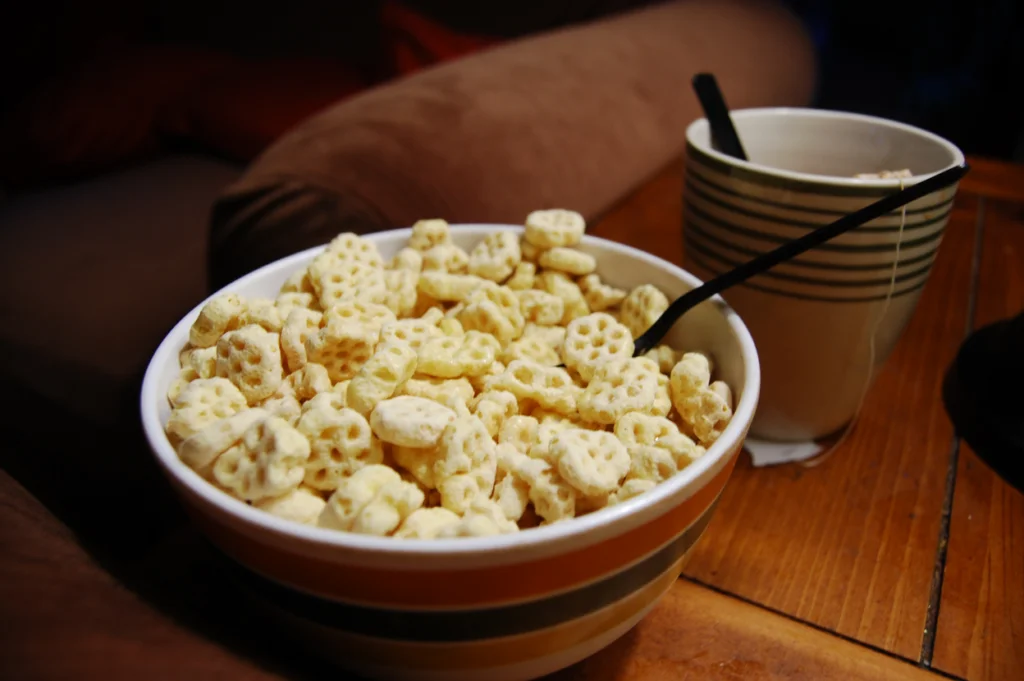
Without quick microwave options, the daily negotiation between parents and children often centered on time available versus desired breakfast. Hot breakfast required advance planning and substantial preparation time, while cold cereal offered simplicity but less sustenance for the day ahead. This created a common weekday/weekend divide in many households, with cold cereals dominating school mornings and hot breakfasts reserved for weekends and special occasions.
The cold cereal landscape itself was simpler, with fewer options than today’s overwhelming grocery aisles and a significant division between “kid cereals” (colorful, sugary) and “adult cereals” (bran-focused, minimal sweeteners). Many families compromised with rules about mixing cereals—one bowl of adult cereal earned a smaller portion of the coveted sugary varieties—or designated certain days for hot breakfasts regardless of the morning rush. These negotiations created household breakfast patterns and traditions that many adults still remember nostalgically, despite the additional time and effort involved.
12. The Hot Chocolate Production Line
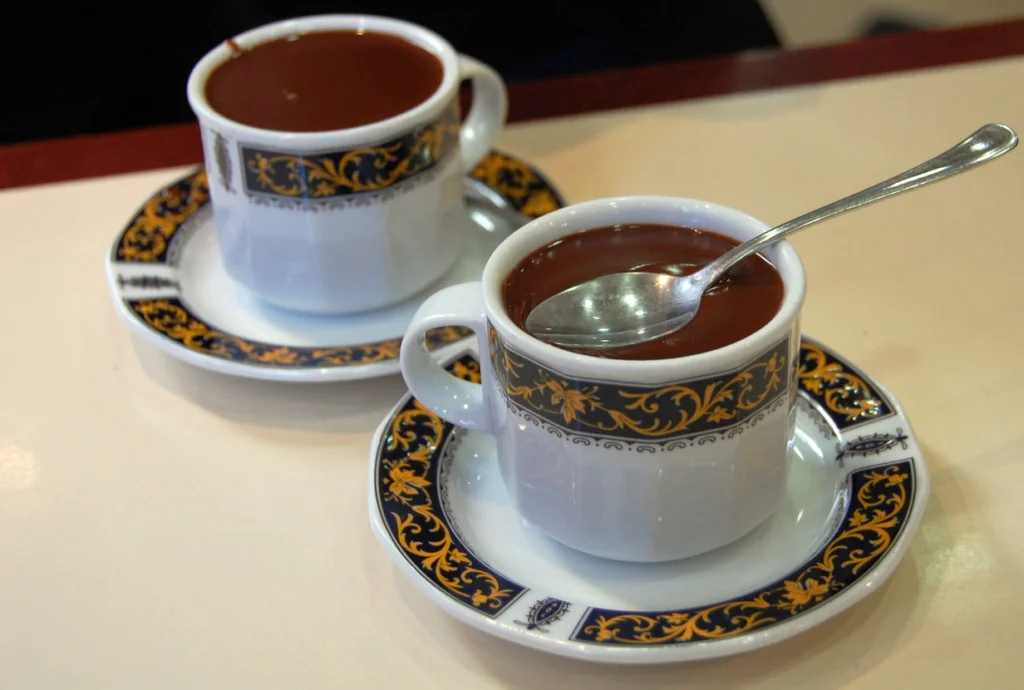
Creating hot chocolate for multiple children meant heating milk in a saucepan—a delicate process requiring constant attention to prevent scorching or boiling over. The spilled milk disaster, with its distinctive burnt smell and tendency to create a crusty layer on the stovetop, was a common morning setback that could throw off the entire schedule. Some families simplified by using water instead of milk, creating a thinner beverage that cooled quickly enough for children to drink before the school bus arrived.
The chocolate itself came from powdered mixes like Nestle Quik or Hershey’s, which required vigorous stirring to prevent undissolved powder from floating on top or settling into a sludge at the bottom of the cup. For special occasions, some families melted actual chocolate into the milk, creating a richer drink that required even more attention and stirring. The serves-many approach meant everyone’s hot chocolate arrived at roughly the same temperature and concentration—a contrast to today’s individualized pod or packet-based beverages made to personal preferences.
13. The Breakfast Preparation Cascade Effect
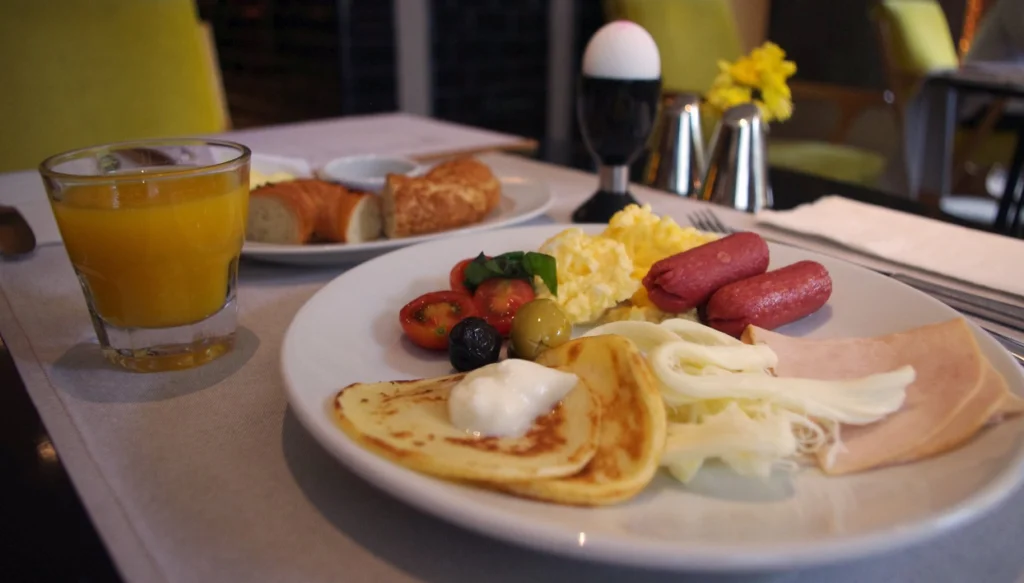
Without the time-saving capabilities of microwaves, morning delays created cascade effects that could derail an entire household’s schedule. If the person responsible for starting coffee overslept by 15 minutes, everyone’s entire morning shifted accordingly, as each breakfast preparation step had to happen in sequence with little opportunity to compress the timeline. This created households synchronized around morning routines, with bathroom schedules, breakfast duties, and departure times carefully orchestrated.
Many families developed elaborately choreographed morning systems—one parent started coffee and oatmeal while another packed lunches; older children supervised younger ones’ cereal while parents showered. These routines became so ingrained that many continued well after microwaves arrived in homes, with families reluctant to abandon systems that functioned despite their inefficiency. The shared experience created distinctive family cultures around breakfast—specific sayings, inside jokes about breakfast disasters, and morning roles that defined childhood experiences.
The pre-microwave morning routines of the 1970s required more planning, patience, and presence than today’s rush to refuel before racing out the door. While few would choose to return to the days of standing guard over a stovetop or waiting endlessly for water to boil, there’s something nostalgically appealing about breakfasts that couldn’t be rushed beyond certain natural limits. Those morning rituals—the percolator’s bubbling, the toaster’s unpredictability, the orchestrated dance of family members around limited kitchen space—created sensory memories that remain vivid decades later. Perhaps what we gained in convenience with microwaves, we lost in the shared experience of breakfast as something that required full attention rather than distracted button-pushing between scrolling social media feeds and checking email.


